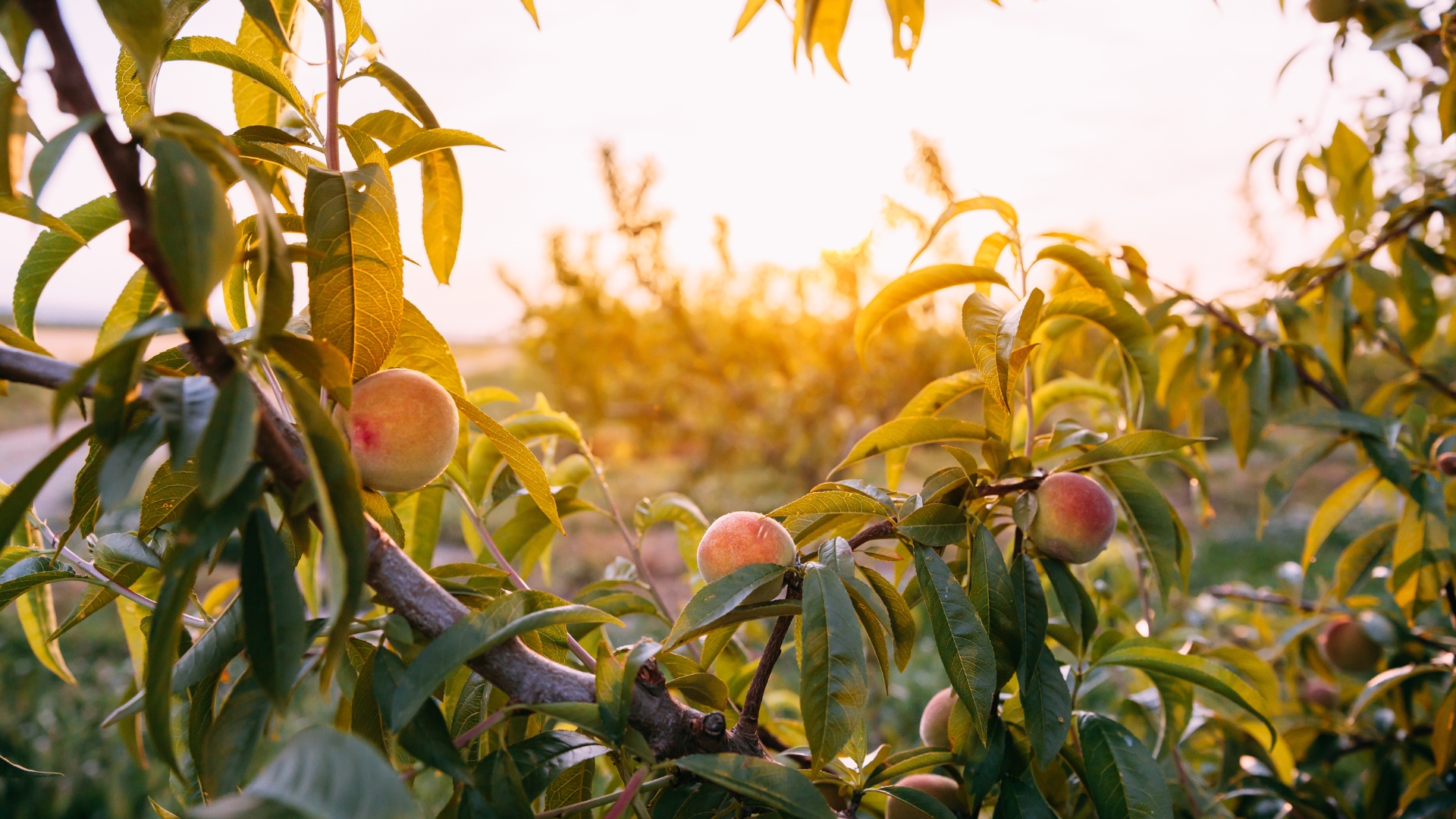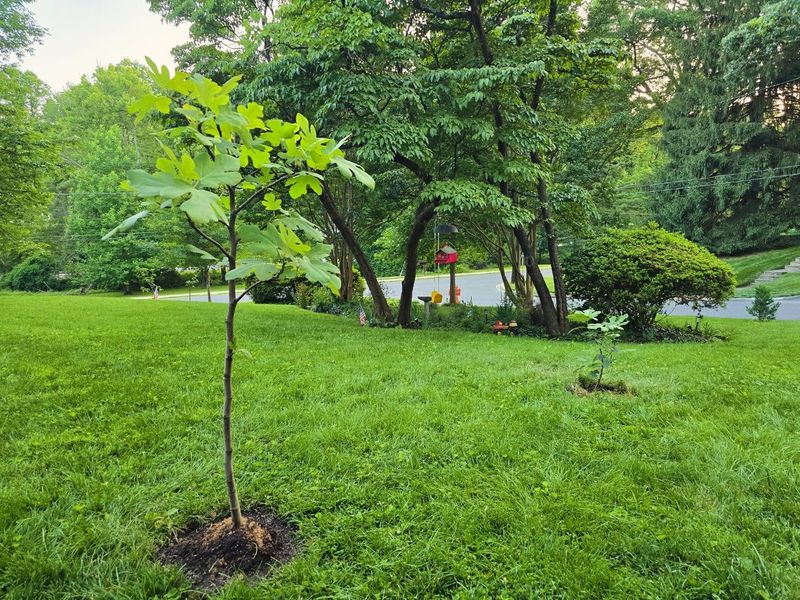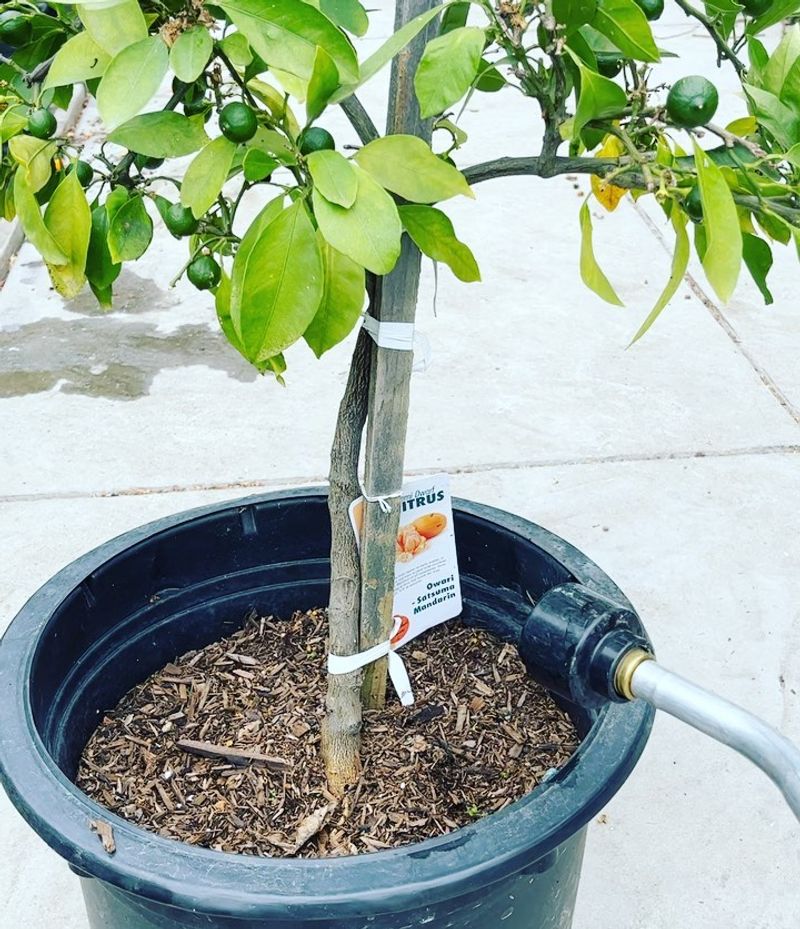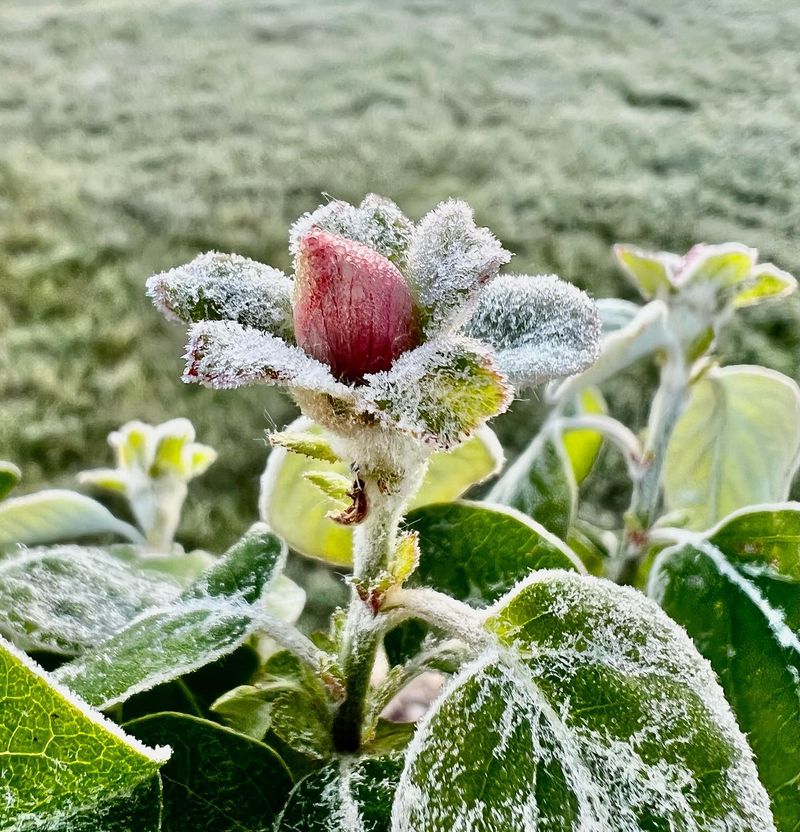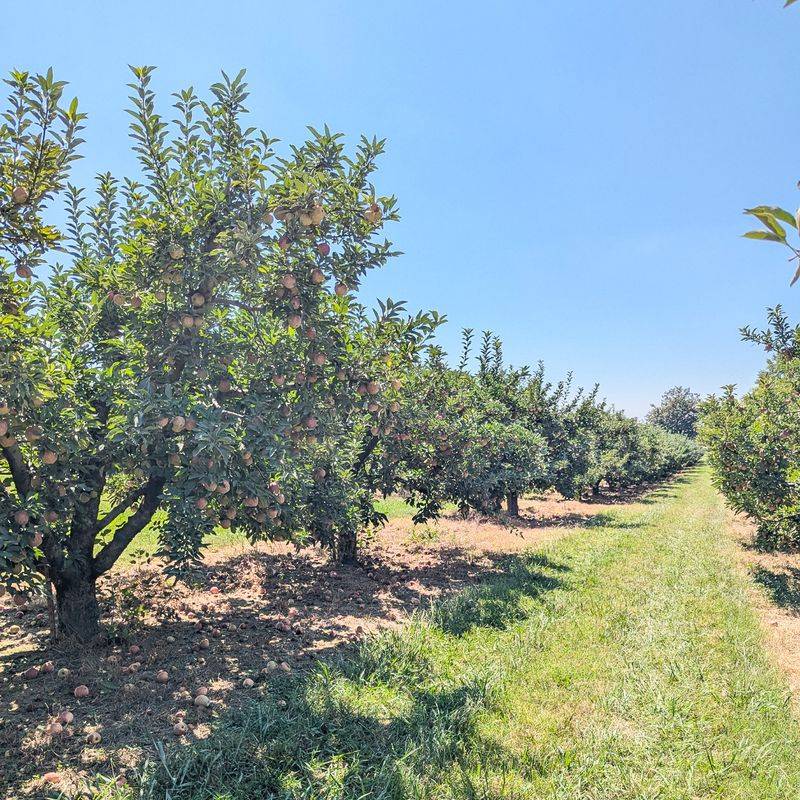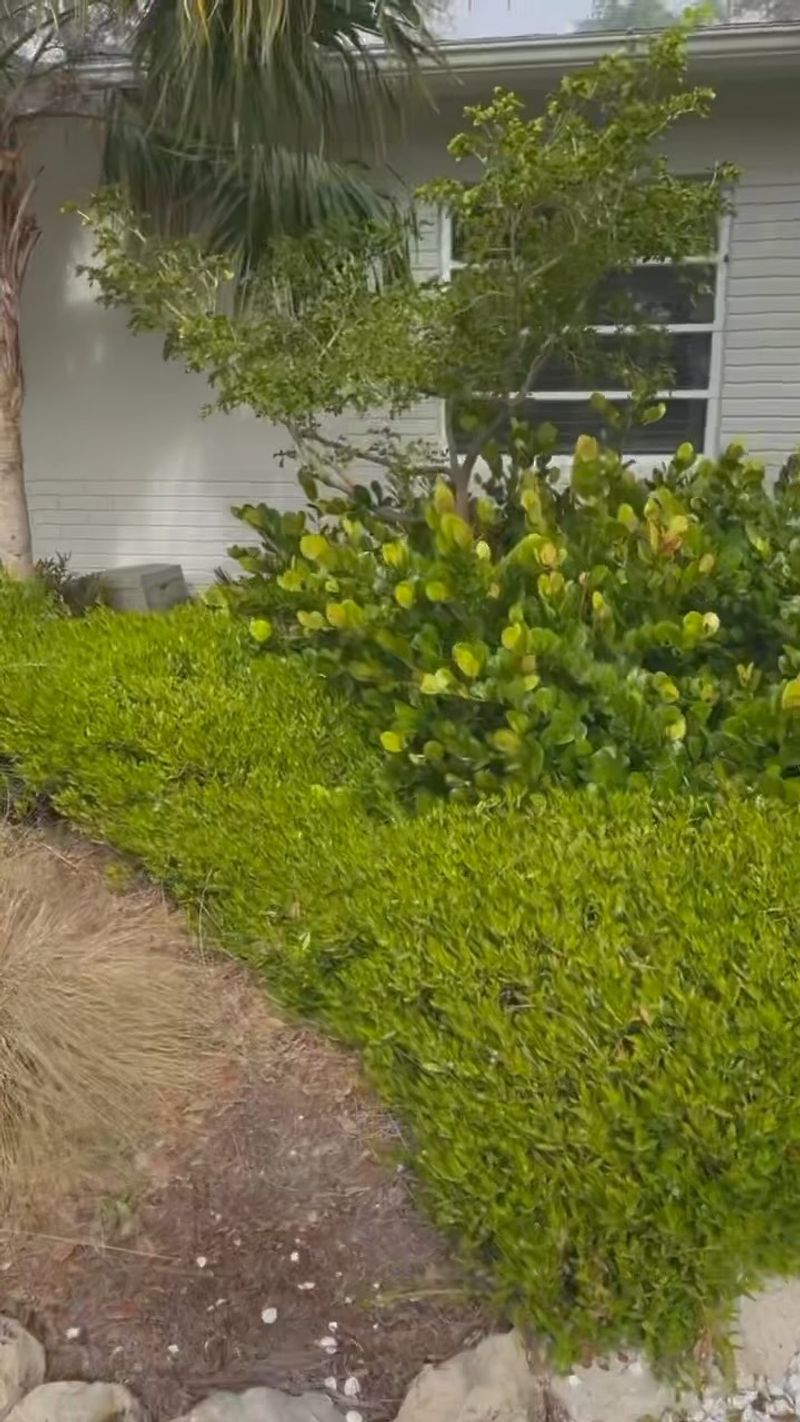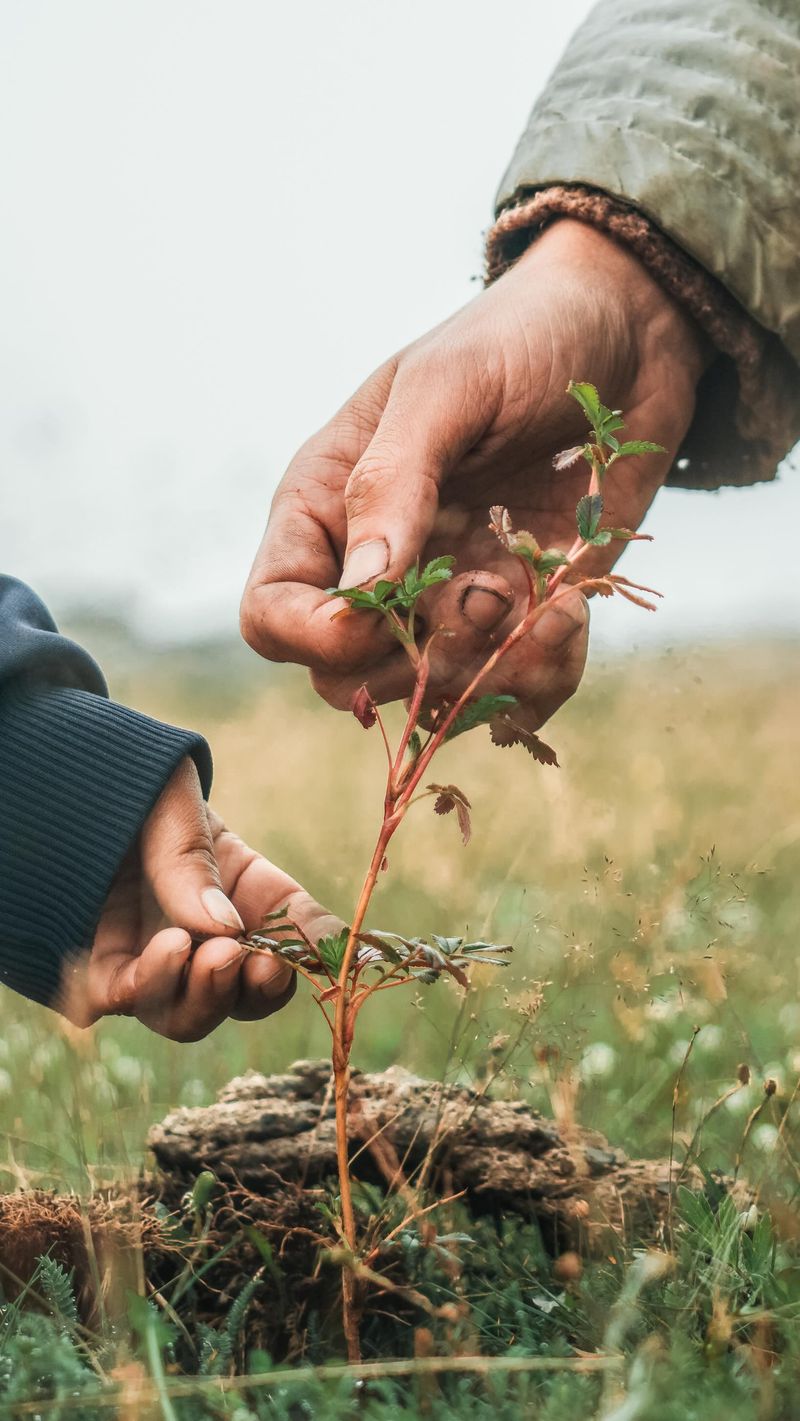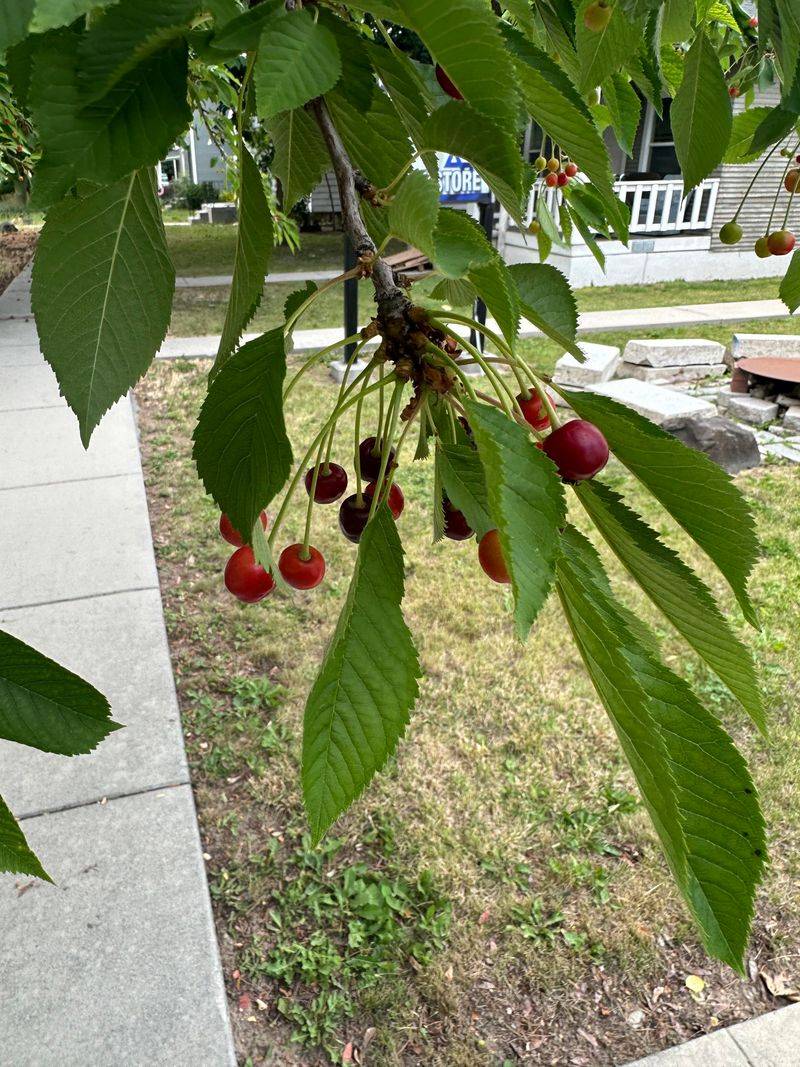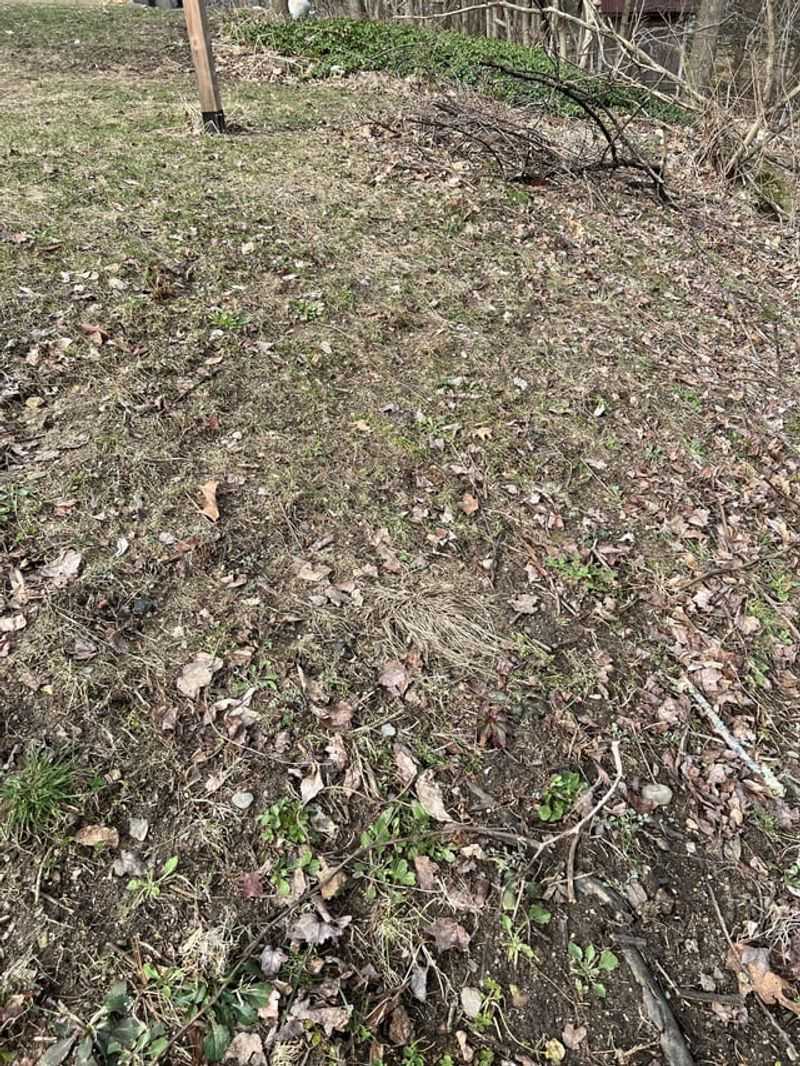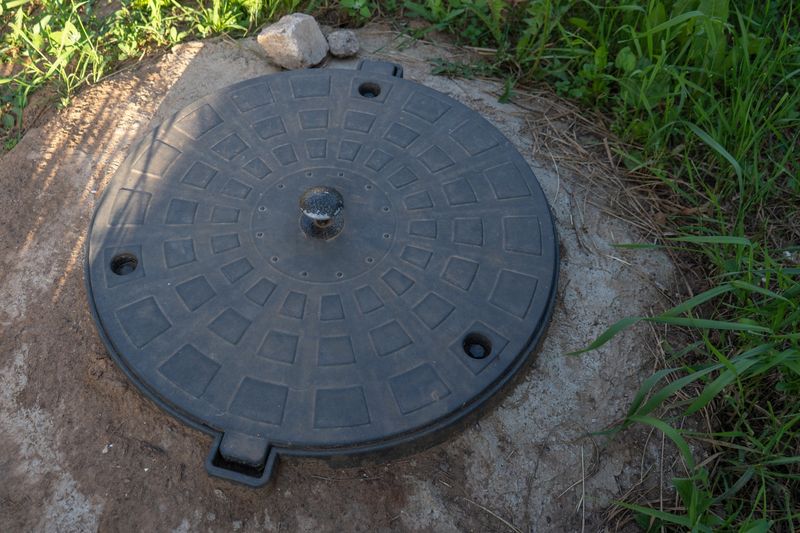Planting fruit trees can be a fun and rewarding activity, but choosing the right spot is crucial for a bountiful harvest. Some locations might seem perfect, but they can actually harm your trees. Here’s a guide to places you should avoid if you want your fruit trees to thrive.
1. Shady Areas
Fruit trees love sunlight, which helps them grow strong and produce tasty fruit. Planting them in shady spots can leave them weak and struggling.
Without enough light, their leaves might wilt, and fruit production can drop. If you want juicy apples or peaches, find a sunny spot in your garden. Imagine your tree basking in the sun’s rays, its leaves soaking up energy.
Being too close to large trees or buildings can create too much shade, so choose a spot where the sun shines most of the day.
2. Waterlogged Soil
Fruit trees need air around their roots, so planting them in waterlogged soil is a no-go. Too much water can drown the roots, leading to disease and potentially killing the tree.
It’s essential to ensure good drainage in the soil before planting. Think of how squishy and muddy the ground can get after heavy rain.
That’s what you should avoid. Raised beds or choosing well-drained soil areas can help your tree thrive and avoid root rot. Look for higher ground if your backyard floods easily.
3. Near Concrete Surfaces
Concrete surfaces can heat up and reflect sunlight, which might stress fruit trees. The roots may also struggle to spread.
When planting, remember that driveways and patios can restrict root growth, leading to unhealthy trees. Think about how hot concrete gets under the sun – it’s not a friendly environment for delicate roots.
Consider giving your trees some space away from these surfaces. This will allow their roots to seek out nutrients and water more easily, aiding healthy growth.
4. Windy Locations
Wind can be harsh on fruit trees, breaking branches and stressing the tree. Planting in a windy spot can hurt their chances of thriving. To protect them, consider spots shielded from strong gusts.
A tree in a windy location might struggle to hold onto its fruit. Imagine branches bending and fruit dropping prematurely.
Plant near fences or hedges to provide a windbreak, ensuring your trees can stand tall and bear fruit securely. A calm environment helps trees to flourish.
5. Frost Pockets
Frost pockets are low areas where cold air collects, and fruit trees are sensitive to cold. Planting in such spots can lead to frost damage during unexpected cold snaps.
Imagine waking up to find your tree coated in frost while the higher grounds are frost-free. Elevate your planting area or choose a spot that’s slightly uphill.
This way, the cold air flows past your tree, sparing it from frostbite. Trees in frost pockets often flower late or lose blooms early, affecting fruit production.
6. Close to Other Trees
Crowding a fruit tree next to other trees can lead to fierce competition for sunlight and nutrients. Imagine a small fruit tree trying to grow in the shadow of its towering neighbors.
This situation leaves little room for branches to stretch and obtain sunlight. The soil might be stripped of nutrients quickly, weakening the fruit tree.
Giving your fruit tree room to grow will ensure it gets the light and space it needs. Opt for a spacious area where it can soak up the sun and thrive.
7. On Steep Slopes
Steep slopes can cause soil erosion, exposing roots and making it hard for fruit trees to stay anchored. Imagine trying to balance on a slippery hill; that’s how tough it can be for a tree.
The soil might wash away during rain, leaving roots vulnerable. This can stress the tree and reduce fruit production.
Terracing or choosing a more level spot can offer a more stable environment. Stability helps trees to absorb nutrients and moisture without the threat of sliding soil.
8. High Altitudes
In high altitudes, the air is thinner, and temperatures can be colder, which can be tough for fruit trees. Think of how chilly and windy it can get on a mountain. Fruit trees might find it hard to grow or produce fruit in such conditions.
The growing season can be shorter, affecting fruit development. Selecting lower altitudes where conditions are milder can help your tree flourish.
More predictable weather and warmer temperatures will encourage healthy growth and fruitful harvests.
9. Salty Environments
Salt from sea spray or salty soil can harm fruit trees, causing leaf burn and poor growth. Picture a tree near the ocean, with the salty breeze affecting its delicate leaves.
Salt can interfere with water uptake, leaving trees thirsty. It’s crucial to avoid coastal areas or use barriers to block salt spray.
Selecting salt-tolerant varieties or planting further inland can save your trees from salt stress. Remember, happy trees mean a better fruit harvest, far away from salty surroundings.
10. Polluted Areas
Pollution can be detrimental to fruit trees, affecting their growth and health. Imagine a tree trying to breathe in an area filled with smoke and chemicals.
Polluted air can damage leaves and reduce fruit quality. It’s wise to avoid planting near industrial areas. Clean air and soil are vital for healthy trees.
Opt for suburban or rural settings with less pollution. Healthier environments support vibrant growth, allowing your tree to yield delicious and nutritious fruits.
11. Near Busy Roads
Fruit trees planted near busy roads can suffer from dust and exhaust fumes, impacting their growth. Picture a tree covered in a layer of grime, struggling to photosynthesize.
The constant exposure to pollution can weaken the tree, affecting fruit quality and yield. Consider placing your trees further from traffic.
A more tranquil spot will ensure they’re free from harmful pollutants. Cleaner air and less dust mean healthier leaves and more abundant fruit production.
12. In Rocky Soil
Rocky soil can make it difficult for fruit trees to establish strong roots. Imagine your tree trying to push its roots through jagged stones.
This can prevent it from accessing water and nutrients, leading to stunted growth. For successful planting, choose soil that’s rich and loose, allowing roots to spread freely.
Removing rocks or adding topsoil can create a nurturing environment. This gives trees the best chance to grow tall and produce bountiful fruit.
13. Under Power Lines
Planting fruit trees under power lines can lead to pruning issues and safety hazards. Imagine branches reaching upwards, tangling with wires. This not only poses a risk but can stunt a tree’s growth if it’s constantly trimmed back.
Consider planting in open areas far from overhead wires. This provides space for branches to stretch without interference. A safe, open location ensures your tree can grow naturally and fruitfully, without worrying about power line constraints.
14. In Urban Backyards
Urban backyards often have limited space and sunlight, challenging fruit tree growth. Picture a small tree squeezed between towering buildings, barely catching the sun.
This can result in slow growth and minimal fruit production. Choosing a spot with maximum sunlight or using dwarf varieties can help.
Creative solutions like espalier training might also work. With some planning, even city dwellers can enjoy a fruitful harvest in their limited spaces. Look for spots with the best light exposure.
15. Near Septic Systems
Planting near septic systems can lead to roots invading pipes, causing damage and contamination risks. Picture roots creeping into pipes, disrupting the system.
This not only harms the septic system but can affect the tree’s health. Opt for a location far from these systems to prevent issues.
Keeping a safe distance protects both your tree and your plumbing. Healthy roots and systems ensure your tree grows without complications, producing a delicious harvest.

